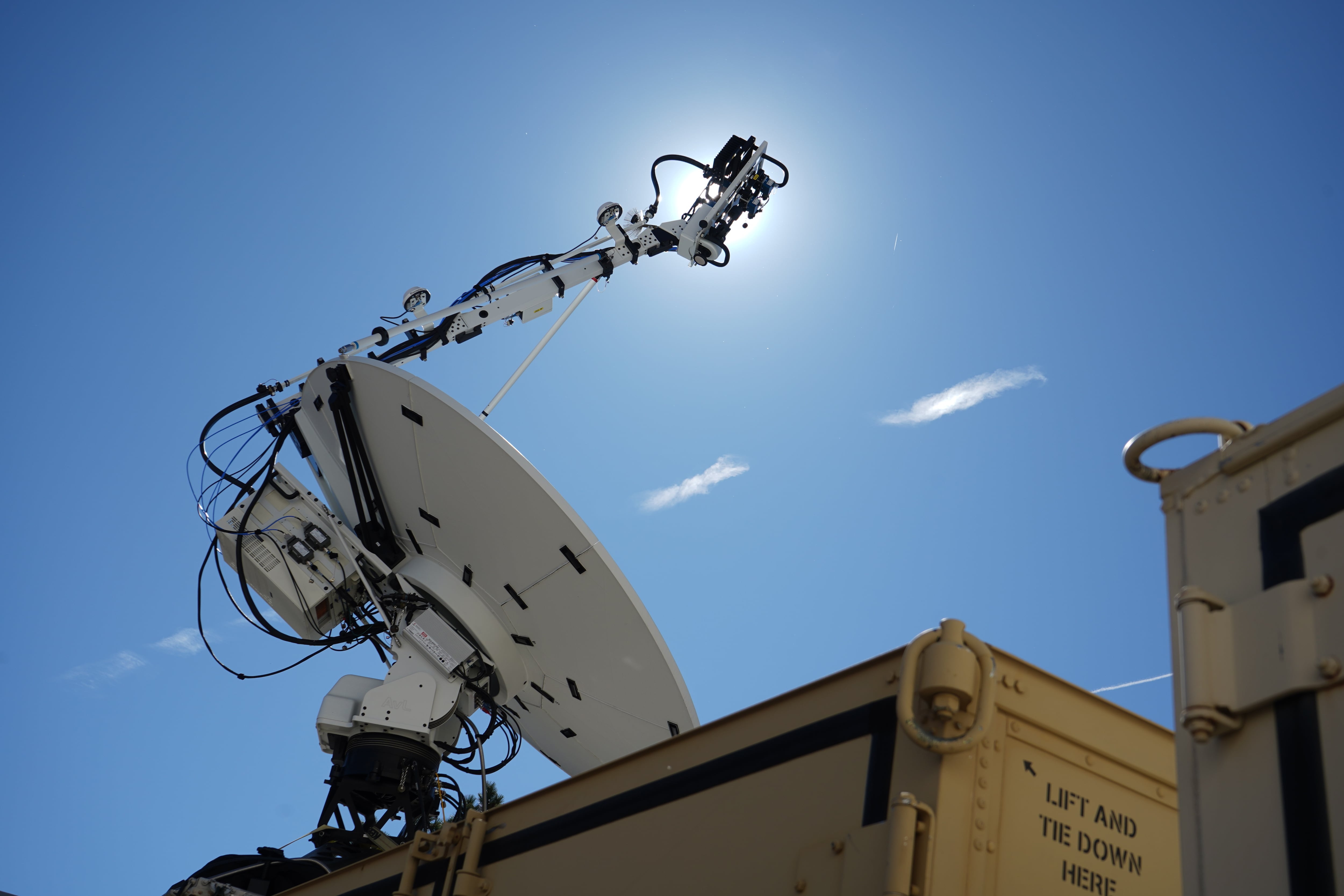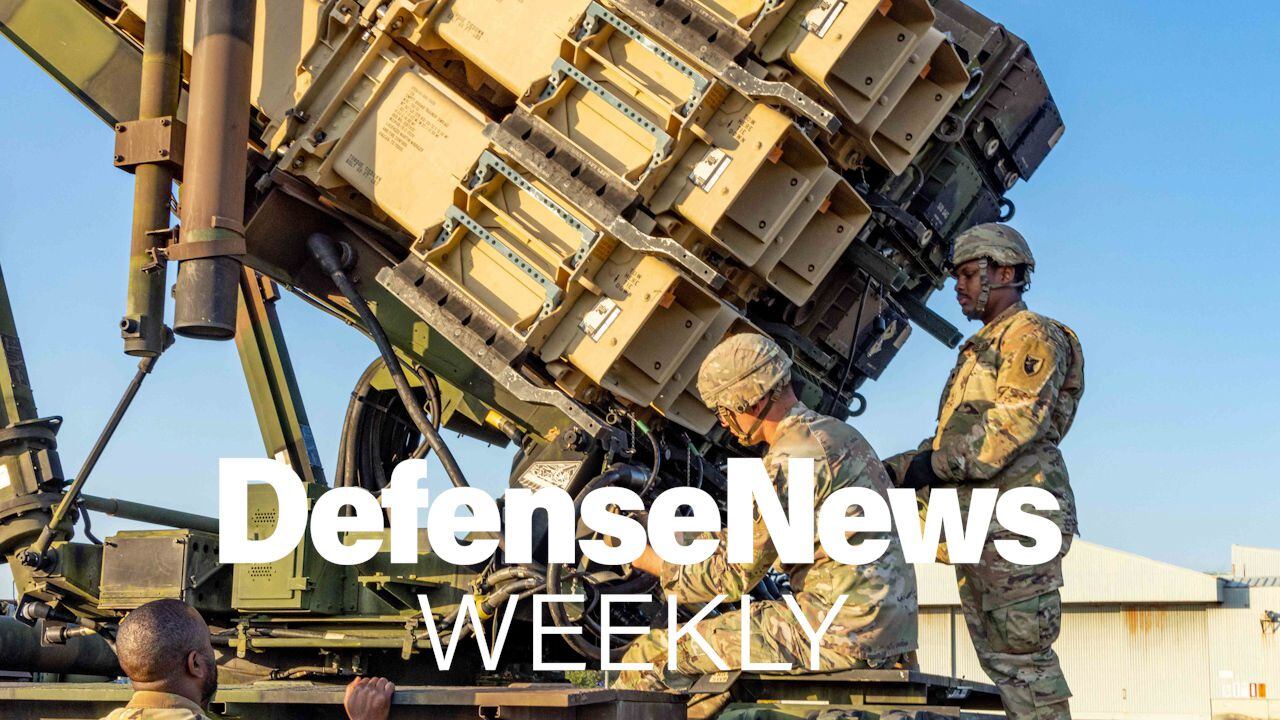After a lengthy confirmation process, Maj. Gen. Bruce Crawford is assuming the role of Army CIO/G-6, according to Army officials.
Crawford was sworn in Aug. 1, stepping into the role that was filled on a temporary basis by Deputy CIO Gary Wang since Lt. Gen. Robert Ferrell retired and departed the Pentagon in April.
Crawford, who is up for promotion to a three-star lieutenant general, arrives at CIO/G-6 after most recently serving as commander of Army Communications-Electronics Command at Aberdeen Proving Ground, Maryland. At CECOM he oversaw sustainment for all things communications across the entire service.
“When you think about where we’ve come after 15 years of continuous combat, the ability to see ourselves and see the enemy has become one of those things not only needed up at our major headquarters, but it’s needed forward on the battlefield, down at the company level. So you’ve seen exponential growth in terms of the requirement for intelligence, surveillance and reconnaissance capability in our formations,” Crawford told C4ISRNET in an interview earlier this year.
“You’ve got to think about the exponential growth that’s occurred over the last 15 years in continuous combat,” Craford continued. ”The good news is it’s a market-driven growth, meaning industry, so we talk a lot about innovation. The ability to innovate quickly and improve the capability on the battlefield has actually been in software. [Devices] change and it’s relatively easy and cheap to change sizes and shapes, but the real power of that device is the increase in the power of the software. It’s no different on our weapons systems.”
Crawford’s experience in software and IT writ large goes hand-in-glove with cyber, all of which will be major components of his role at CIO/G-6.
“What should the connection between developing and sustaining software be to the cyber enterprise?” Crawford said. “There are great pockets of excellence, but what I’d like to have is an always-on situational awareness and situational understanding of what that connection should be between developing and sustaining and the cyber enterprise. So, right now, it is robust, but it’s robust in pockets of excellence. I think we can do better and I think we’re going to do better.”








